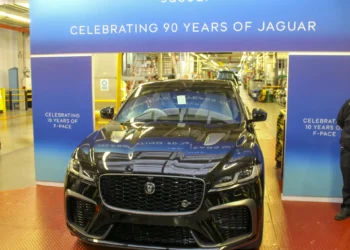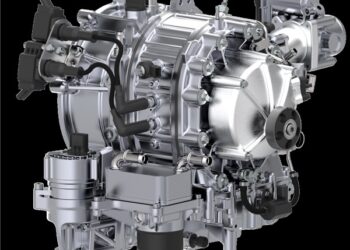The European Parliament approved on Thursday in Brussels its negotiating position for the new European Union (EU) rules on the homologation and monitoring of the motor vehicle market (Euro 7).
With 329 votes in favor, 230 against, and 41 abstentions, Members of the European Parliament gave their agreement to updating the current limits for exhaust emissions (such as nitrogen oxides, particles, carbon monoxide, and ammonia) and the introduction of new measures to reduce tire and brake emissions, as well as increasing battery durability.
The approved text provides for an additional breakdown of emissions into three categories for light commercial vehicles, based on their weight, and stricter limits for exhaust emissions measured in the laboratory and under real driving conditions for buses and heavy vehicles.
The European Parliament is now ready to begin negotiations with the EU Council on the matter.
On the other hand, the European Automobile Manufacturers’ Association (ACEA) has already reacted to this decision of the European Parliament, considering in a statement that the Members of the European Parliament “are taking a more realistic approach to the Euro 7 standard compared to what the European Commission proposed last year”.
However, ACEA emphasized that the Euro 7 standard still has a high price and comes at a very critical moment in the industry’s transformation.
In November 2022, the European Commission presented a proposal to reduce air pollution from new motor vehicles sold in the EU in order to achieve the zero pollution ambition of the European Green Deal, while ensuring the affordability of vehicle prices and promoting Europe’s competitiveness.
It is worth noting that the regulation and introduction of the future Euro 7 emission standard have not been peaceful in the European Union (EU). This is because initially, the proposal regarding the pollutant emissions of combustion engine vehicles included very tight CO2 values, which would require significant expenses from the automotive industry to continue producing city cars and utility vehicles – or, alternatively, to abandon these segments and focus on electric vehicles.
The European Union’s plan is to reduce nitrogen oxide (NOx) emissions by a third by 2035.










